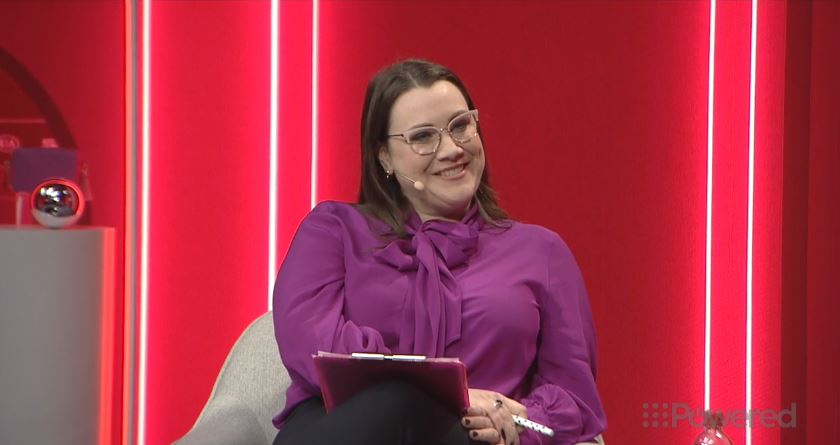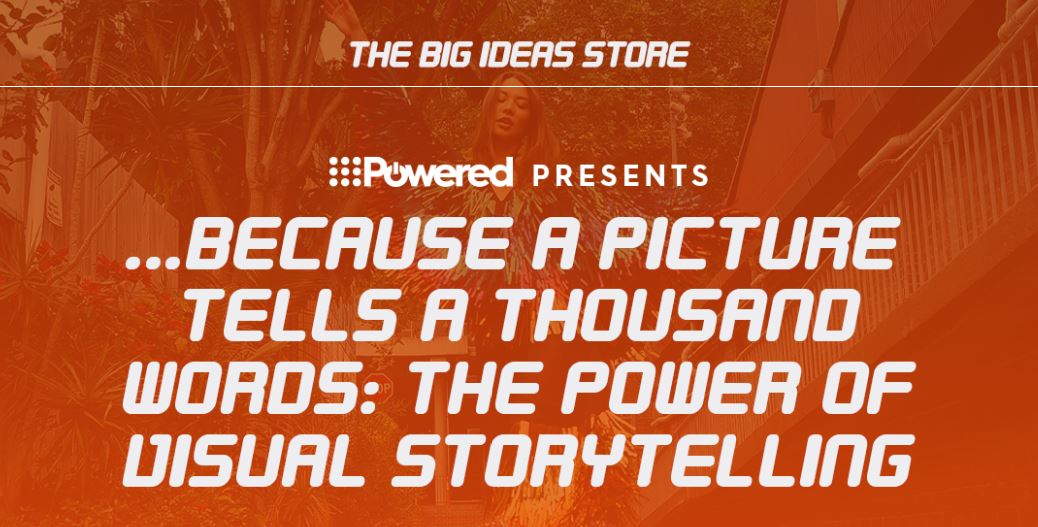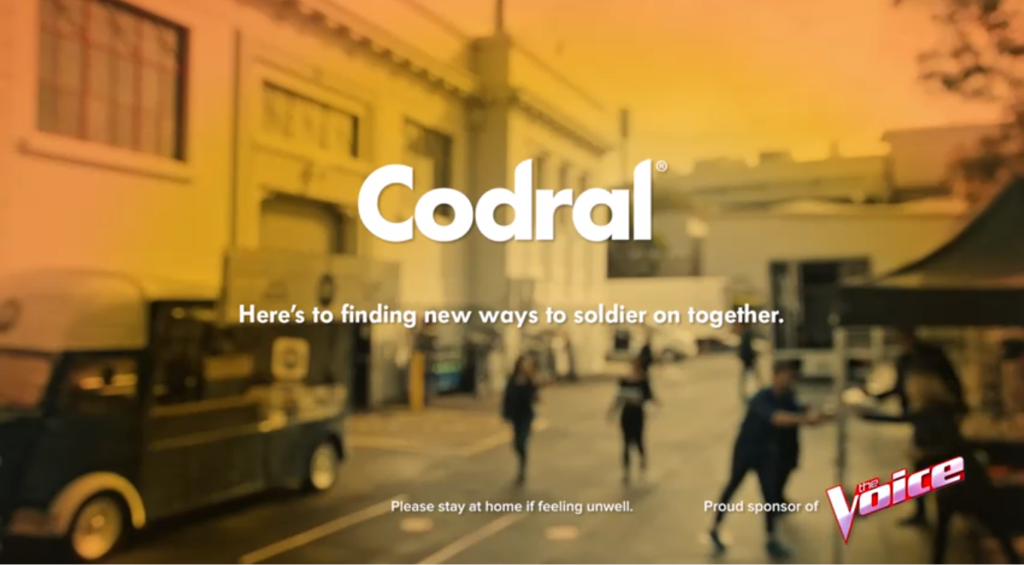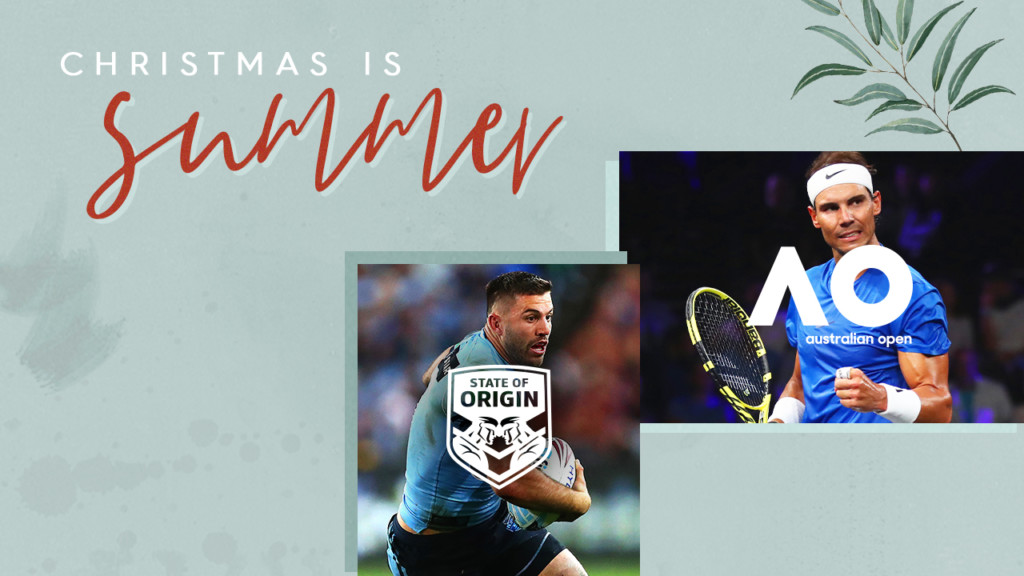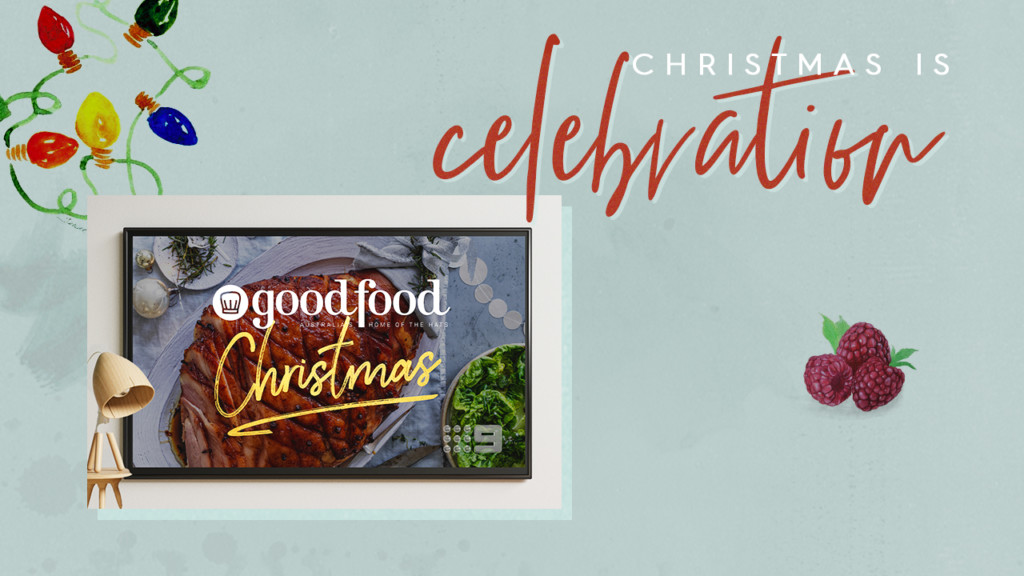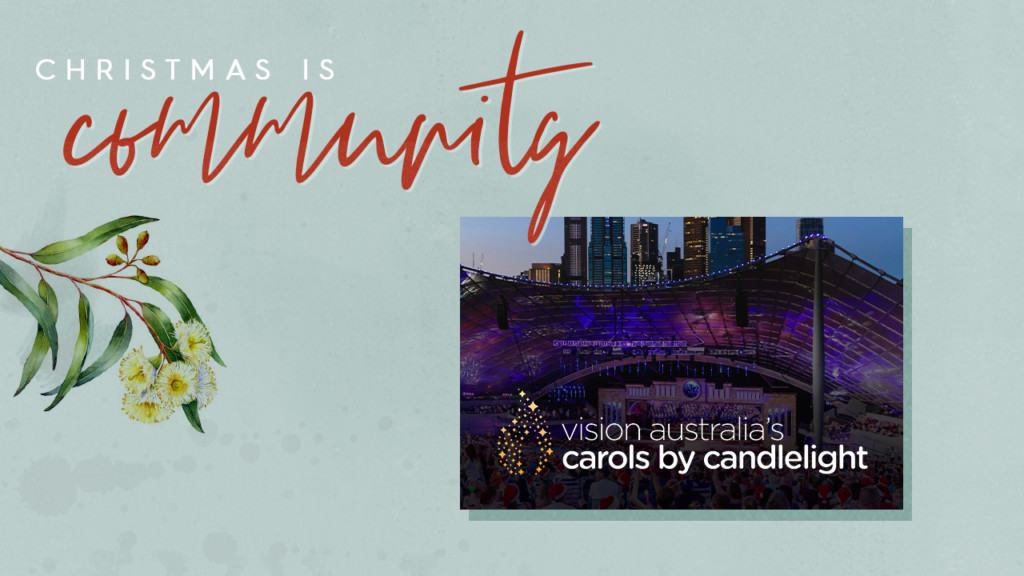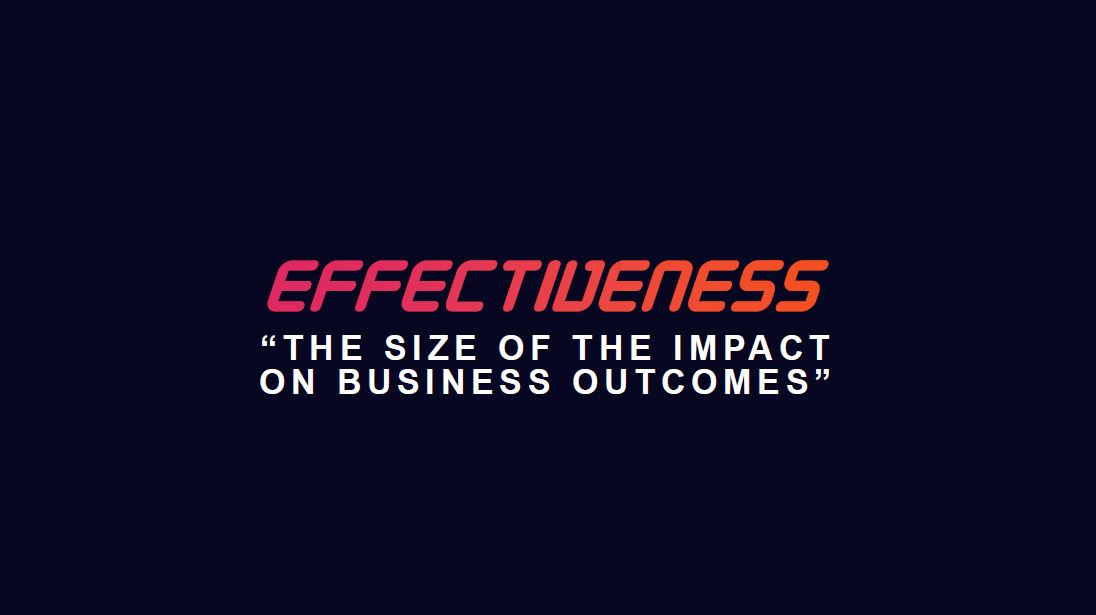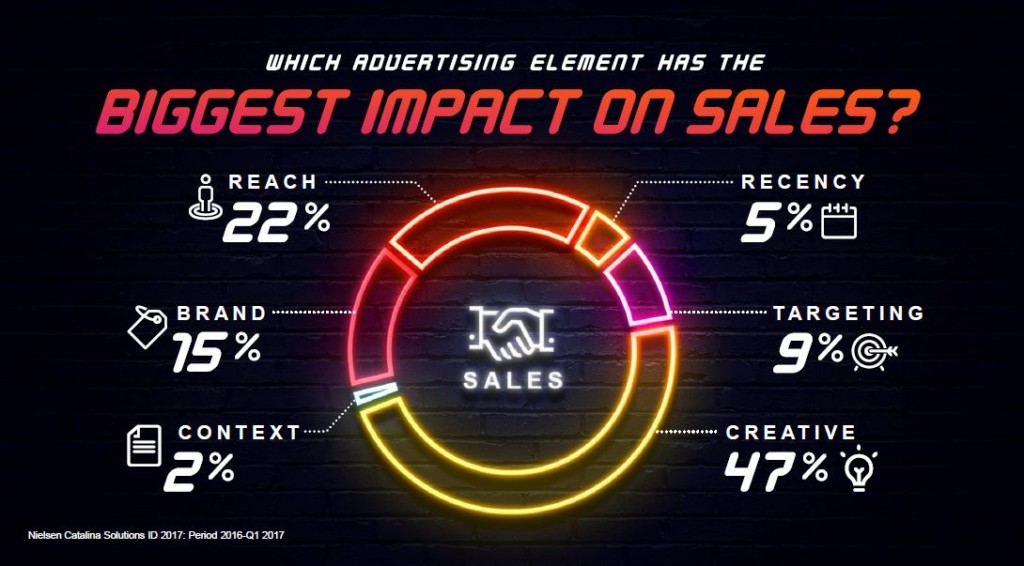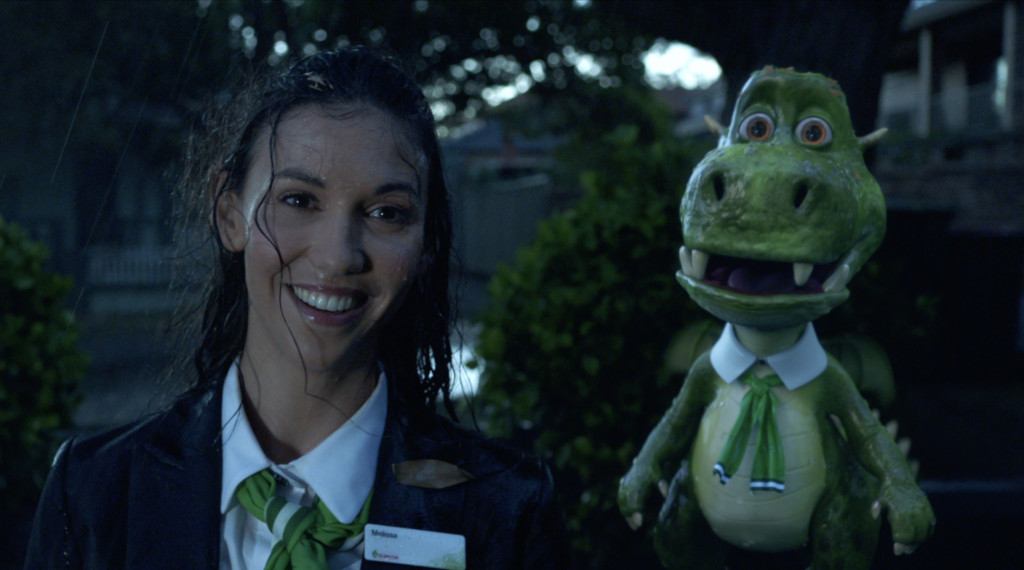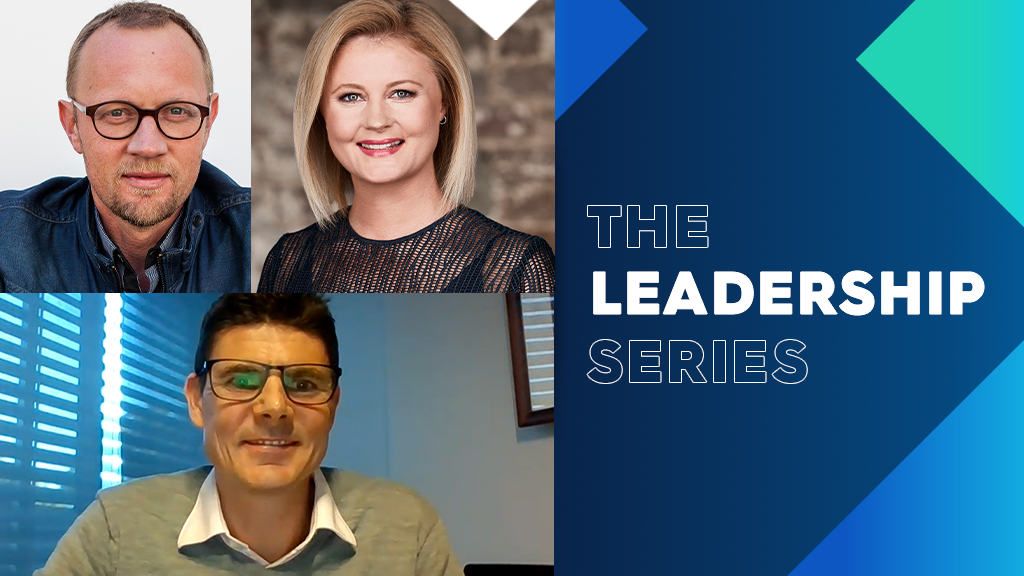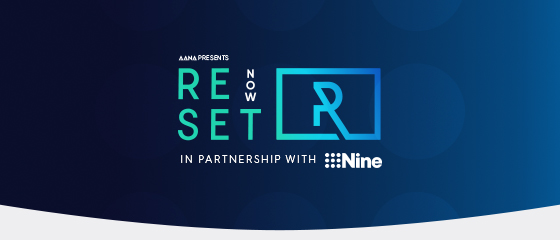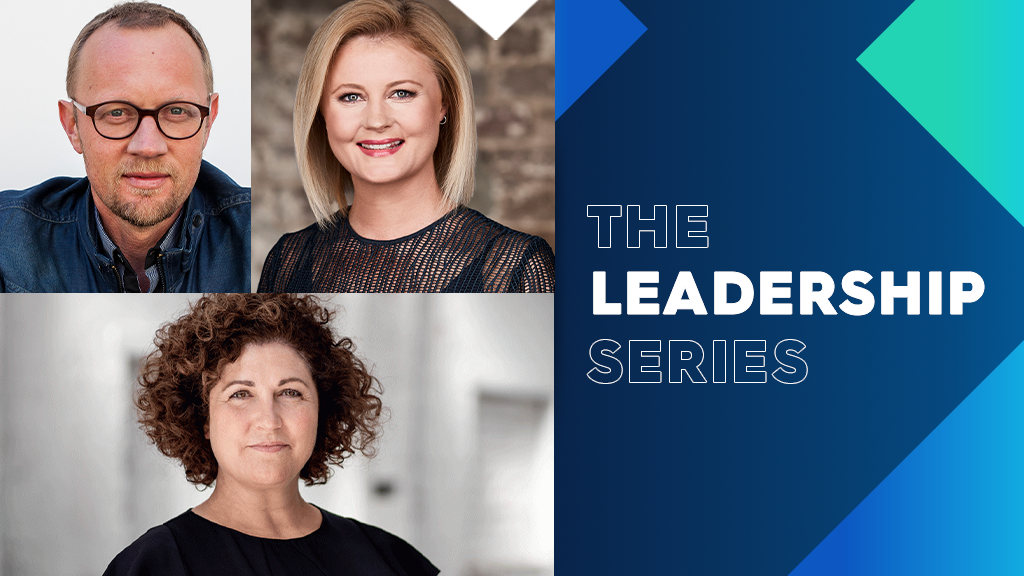The key to successful brand integration in content is ensuring it logically fits the product benefits and the show benefits, Nine’s Head of Content Production and Development, Adrian Swift, says.
Speaking at Powered by Nine’s Big Ideas Store, Swift said good content integration is “where it makes sense, good is where it logically fits, and good is where the product benefits but also the show benefits”.

“That is not as difficult as you might think,” he declared. “With Lego Masters, it’s a show about small plastic bricks and creativity and imagination, and in the most abstract way that’s hard to integrate into. But the Wonder White partnership worked really well for us. To be in 10,000 supermarkets with our brand, we can’t even replicate that with our own promo campaign, so that was something that logically worked in our world but proselytised the show across our normal boundaries.”Kerri Elstub, Nine’s Editorial Director of Digital, believes you quickly get found out when you get the balance of content integration wrong.
“The audience knows,” she said. “Audiences are incredibly savvy – you have to have more than just a logo stuck on something. It needs to be content or storytelling that really connects with the audience, it needs to be something they relate to. If it’s not relatable, if it’s not something they can truly understand and connect with, it’s not going to work.”
Elstub said the first ingredient a media brand needs to successfully deliver content integration is editorial independence as that leads to trust.
“They need to trust you’re going to tell the whole story, and it’s that trust that allows you to do effective campaigns,” she said.
“I worked with Powered’s branded content team on a campaign we did for the Commonwealth Bank, where they wanted to start a conversation on financial abuse and how you can gain financial independence. I know they briefed around 10 different media companies and partners and ended up going with us and another company because we have that trust and that breadth of audience where we could speak to them across digital and print. We can start those conversations.
“Our audience trusts us to have those conversations. It’s for the good of everyone, it works for the audience, the brand and the format.”
Nine’s Head of Branded Content, Jess Parry, stressed the need for brands to trust in teams to deliver but to also remain involved, ensuring everyone knows what needs to be done to achieve success.
“It goes back to being a partnership and having trust, handing over the responsibility to us in the sense that we know the platform and you can trust us to do a good job, But don’t hand over so much that we don’t understand your objectives, because we still need some hand holding to get it right for you,” she said.
While COVID-19 has presented challenges for media, Swift said The Block 2020 is very strong because of the coronavirus pandemic, not despite it
“It becomes interesting with a show like The Block, where COVID fundamentally affected how we made it. The producers managed to actually integrate what happened into The Block,” he said.
“What we’ve got is a little documentary about what happened with COVID, and it’s fascinating to watch. It is something that samples how we all felt during that period wrapped up in a TV reality renovating program. The Block this year is one of the strongest programs we’ve got because of COVID, not despite it.”


